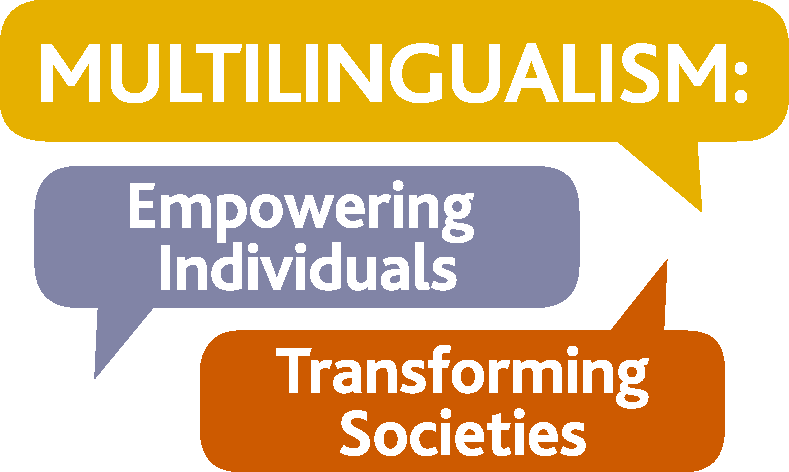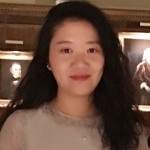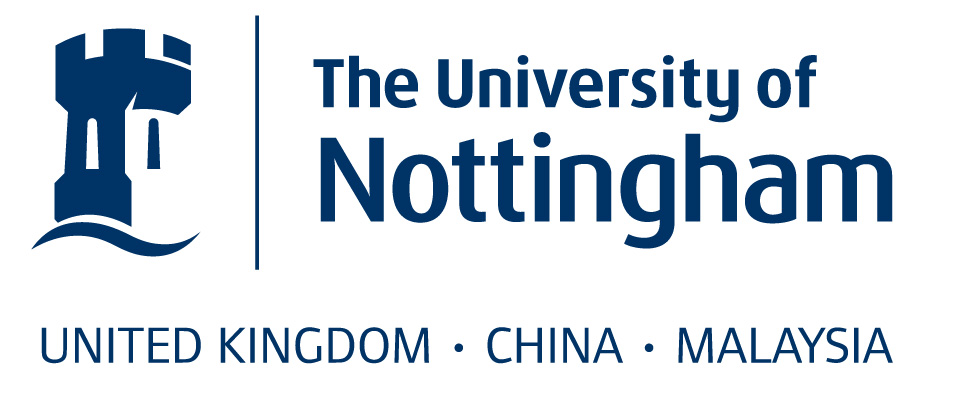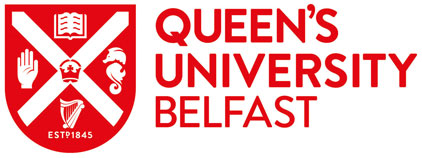Leo is a three-year-old boy who has lived in Hong Kong since he was born. When meeting a new friend, he usually proudly introduced himself as a trilingual and wondered if the kid standing in front of him could also speak different languages. Leo’s parents initially adopted a ‘one parent-one language’ policy in which the mother spoke to the child in Cantonese and the father in Mandarin. At about one year old, Leo started to get systematic exposure to English. His mother started to speak English to him three days a week and Cantonese on another three. Leo also received regular English input from native speakers of English in nursery and at weekly playgroup. Leo has now become a trilingual kid who is proud of his language abilities. Nowadays, the majority of the world’s population is multilingual and around two thirds of children globally are brought up in bilingual environments. Leo is just one of them.
In the UK, Children’s Day is celebrated nationally in May, which is a great opportunity for us to promote child development and welfare. Language development is a critical part of a child’s overall development and it is a development that many parents really look forward to. However, we must know that bringing up a multilingual child is not always a breeze, as in Leo’s experience. Especially for foreign-born parents, who normally find the process of passing their native languages on to a new generation and preserving their linguistic roots like swimming upstream. We have to face the fact that there is nothing magical in the child’s brain that allows them to learn any language without lots of environmental support from the family and society.
In many overseas Chinese immigrant families, children are exposed to Chinese in the home and English in the larger community. Since Chinese is a marker of the speakers’ identity and key to the treasure troves of Chinese culture, many parents of this community find the transmission of language is vital for the preservation of their heritage. But in practice, many of them struggle and have a lot of concerns and questions. Is there anything researchers in linguistics could do to help? The answer is, of course, yes.
In December last year, the Chinese University of Hong Kong, one of the higher education partners of MEITS, announced the launch of the world’s first Child Heritage Chinese Language Corpus, which is a longitudinal study of three Chinese heritage children with detailed documentation of the parent-child interactions over a significant period of time, covering the age range of one year seven months to four years eleven months. The children received regular Mandarin input at home from birth and English to different degrees. In one family, Cantonese as well as Mandarin and English are also spoken in the home where the child has successfully developed trilingualism. This shows that the children are able to develop bilingual and trilingual proficiency on a par with monolingual children, despite the lack of strong support for Chinese in the larger community which is English-dominant. The ability to speak Chinese does not come at the cost of speaking English or vice versa.
The documentation of the three Chinese heritage children will also provide a useful reference for parents in raising trilingual children. It is suggested that, in raising trilingual children, it is important to have parent-child interactions and stimulating activities that help children learn and appreciate different languages through reading, play and games. At the same time, it is equally important for parents to instil in their children a sense of pride in their heritage and identity.
Parents always wonder what gifts to give their little munchkin on days specially meant for them. Actually, language is a precious gift that can be given each and every day. In this way, every day could be Children’s Day.
References:
Crystal, D. 1997. English as a Global Language. Cambridge University Press.
Mai, Z., Matthews, S. & Yip, V. (in prep) Heritage Chinese in English contexts: the Child Heritage Chinese Corpus.
Mai, Z. & Yip, V. (in prep) Trilingual first language acquisition of Cantonese, Mandarin and English in a Hong Kong child: the Leo Corpus.
Masha, R. 2017. A lot of our ideas about bilingual children are total myths. QUARTZ.
Note: comments are moderated before publication. The views expressed in the comments are those of our users and do not necessarily reflect the views of the MEITS Project or its associated partners.







